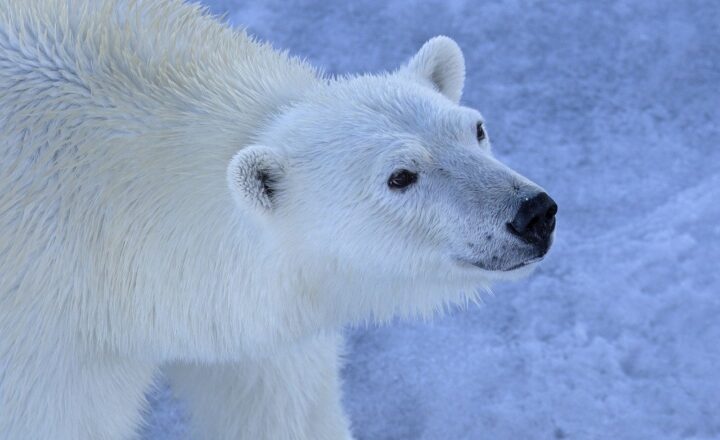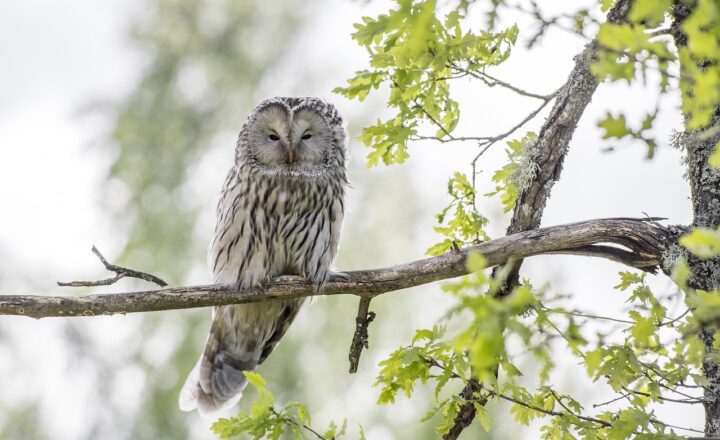The Fascinating World of Wildlife: 10 Animals That Defy Our Expectations
November 19, 2024

When we think of wildlife, our minds often conjure images of majestic elephants trumpeting across the African savanna, majestic eagles soaring through azure skies, or playful otters sliding down riverbanks. Yet, the natural kingdom is full of surprises, bursting with remarkable creatures that challenge our perceptions and inspire awe. Together, let’s dive into the fascinating world of wildlife and explore ten extraordinary animals that defy our expectations.
1. The Mimic Octopus: A Master of Disguise
The mimic octopus (Thaumoctopus mimicus) has a unique talent for imitation. Unlike most octopuses that rely on their camouflage skills, the mimic octopus goes a step further by mimicking other species! This incredible cephalopod can impersonate more than fifteen species, including lionfish, flatfish, and even sea snakes, creating a robust survival tactic to evade predators.
With its stunning ability to change both color and texture, the mimic octopus is a testament to nature’s ingenuity, reminding us just how adaptable and resourceful life can be beneath the waves.
2. The Naked Mole Rat: The Unusual Rodent with a Twist
At first glance, the naked mole rat may seem like a creature that fell victim to a wild hairdresser. With its hairless body, wrinkled skin, and oversized teeth, it’s far from conventionally cute. However, these peculiar rodents boast fascinating biological adaptations, including a highly resistant immune system that allows them to withstand cancer, an extraordinary ability to survive in low-oxygen environments, and a eusocial structure similar to that of bees and ants.
The naked mole rat challenges our understanding of mammals and showcases how evolution can craft unique survival strategies.
3. The Pistol Shrimp: A Tiny but Mighty Hunter
Listen closely to the oceans, and you might just hear the Pistol Shrimp (Alpheidae) at work. This unassuming little crustacean possesses a remarkable ability to create a cavitation bubble that, when snapped, produces a sound loud enough to stun fish and even break glass! Not only does this popping sound (which can reach 218 decibels) serve as a hunting tactic, but it also produces a flash of light, showcasing yet another amazing feat of nature.
The Pistol Shrimp embodies the adage that great things come in small packages.
4. The Aye-Aye: The Unusual Lemur of Madagascar
Native to Madagascar, the aye-aye (Daubentonia madagascariensis) is often dubbed the world’s strangest primate. With an elongated middle finger and large, bulbous eyes, this nocturnal lemur appears more like a creature from a fantasy novel than real life. The aye-aye uses its specialized finger to tap on trees, locating insects hiding beneath the bark, and subsequently extracts them with precision.
Despite its bizarre looks, the aye-aye plays a crucial role in its ecosystem, ensuring the health of forest habitats.
5. The Platypus: Nature’s Oddity
The platypus (Ornithorhynchus anatinus) is a blend of contradictions. With a duck-bill, webbed feet, beaver-like tail, and the ability to lay eggs despite being a mammal, it’s a creature like no other. Found primarily in eastern Australia, including Tasmania, the platypus is considered one of the few monotremes remaining in existence.
With its unique adaptations, including electrolocation for hunting aquatic prey, the platypus stands as a living reminder of Earth’s evolutionary history.
6. Axolotl: The Eternal Youth
Hailing from the lake complex of Xochimilco in Mexico, the axolotl (Ambystoma mexicanum) is a type of salamander known for its neotenic traits, keeping its juvenile features throughout its life. Often referred to as the “Mexican walking fish,” this creature can regenerate entire limbs, making it a focus in scientific research for regenerative medicine.
The axolotl’s ability to maintain its gills in the adult form while living underwater challenges our assumptions about metamorphosis and development.
7. The Peacock Mantis Shrimp: A Colorful Combatant
Known for its vibrant colors and powerful claws, the peacock mantis shrimp (Odontodactylus scyllarus) packs a punch—literally! This marine crustacean can strike with a speed of 50 mph, delivering a blow powerful enough to break glass and even crack through shells of mollusks.
What’s more, the peacock mantis shrimp has extraordinary vision, boasting a remarkable thirty-six color receptors, allowing it to see ultraviolet light and polarized light—capabilities well beyond those of human perception. Nature’s vibrant and deadly warrior!
8. The Glass Frog: Nature’s Transparent Wonder
Found in the rainforests of Central and South America, the glass frog (Hyalinobatrachium) is named for its translucent skin, which allows observers to see its internal organs. This unique feature serves as a remarkable camouflage mechanism. The bright greens of their limbs contrast sharply against darker backgrounds, while their bellies remain almost entirely clear, rapidly shifting their appearance to blend into their environment.
This species highlights the complexity of adaptation through evolution.
9. The Quokka: The World’s Happiest Animal
Known for its charming smile and friendly demeanor, the quokka (Setonix brachyurus) is a small marsupial native to Australia. Often dubbed “the happiest animal in the world,” the quokka has gained a massive following on social media for its adorable selfies. Found primarily on Rottnest Island, these curious little creatures greet visitors warmly, often posing for pictures.
While the quokka is known for its charm and beauty, it’s also a gentle reminder of the importance of conservation as its habitat continues to face pressures from human activities.
10. The Saola: The Asian Unicorn
Last but certainly not least, the saola (Pseudoryx nghetinhensis) is one of the most elusive and rare animals in the world, often referred to as the “Asian unicorn.” Discovered only in 1992, this incredible species is rarely seen in the wild. Native to the Annamite Range of Vietnam and Laos, the saola boasts long, straight horns and striking facial markings reminiscent of a deer.
With fewer than 750 individuals estimated to exist, efforts are underway to protect its natural habitat and preserve this extraordinary species from extinction.
Final Thoughts
The incredible diversity of wildlife across the globe showcases the complexity and beauty of life on Earth. The ten animals we’ve explored today defy our expectations, reminding us of nature’s astonishing ability to adapt and thrive. As we continue to discover new species and expand our understanding of the natural world, we must celebrate and protect these extraordinary creatures to ensure they continue to inspire future generations. By emphasizing conservation efforts, we can safeguard their habitats and promote a more sustainable future for wildlife worldwide.








